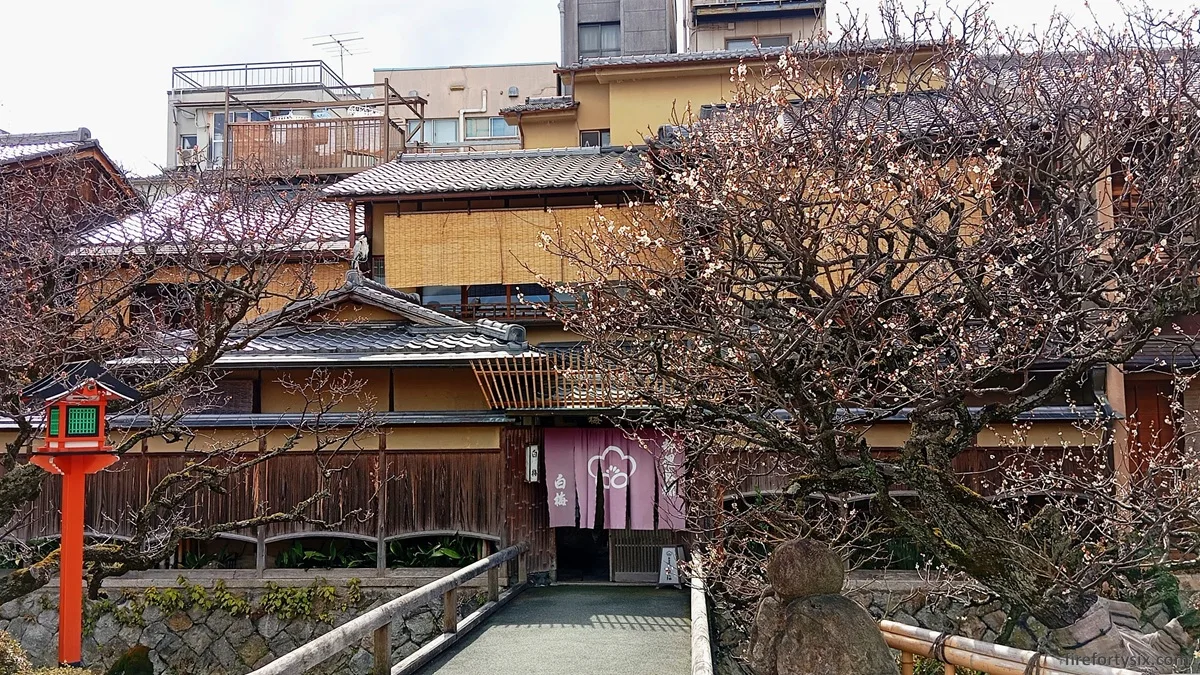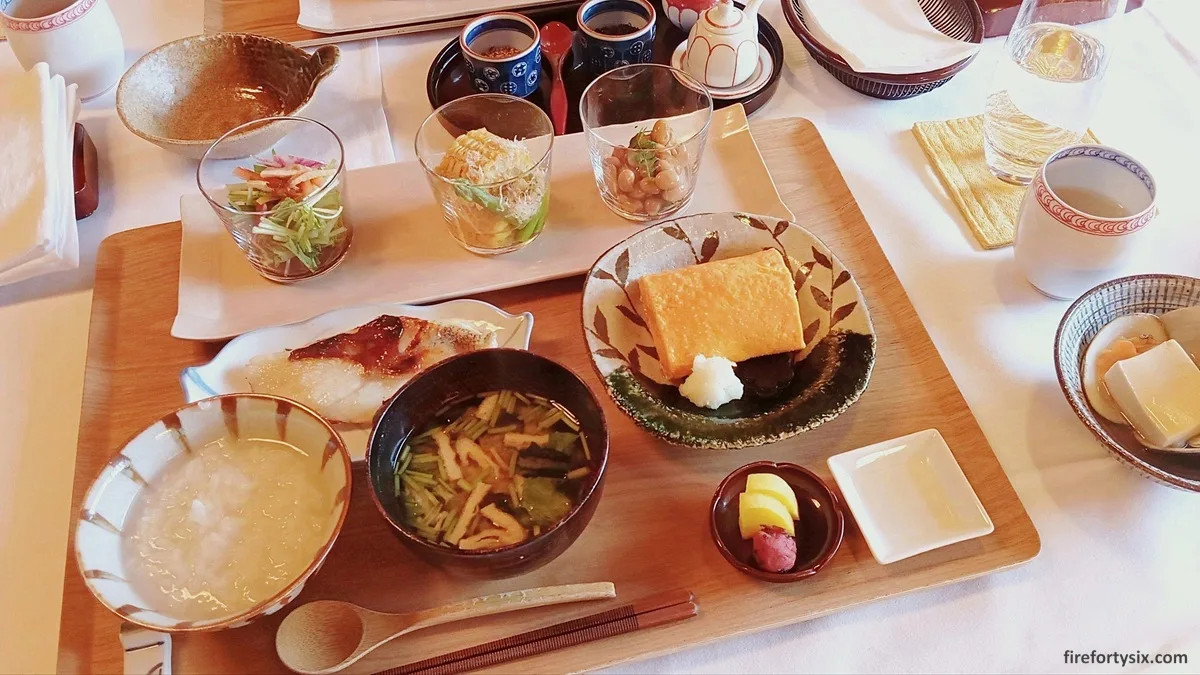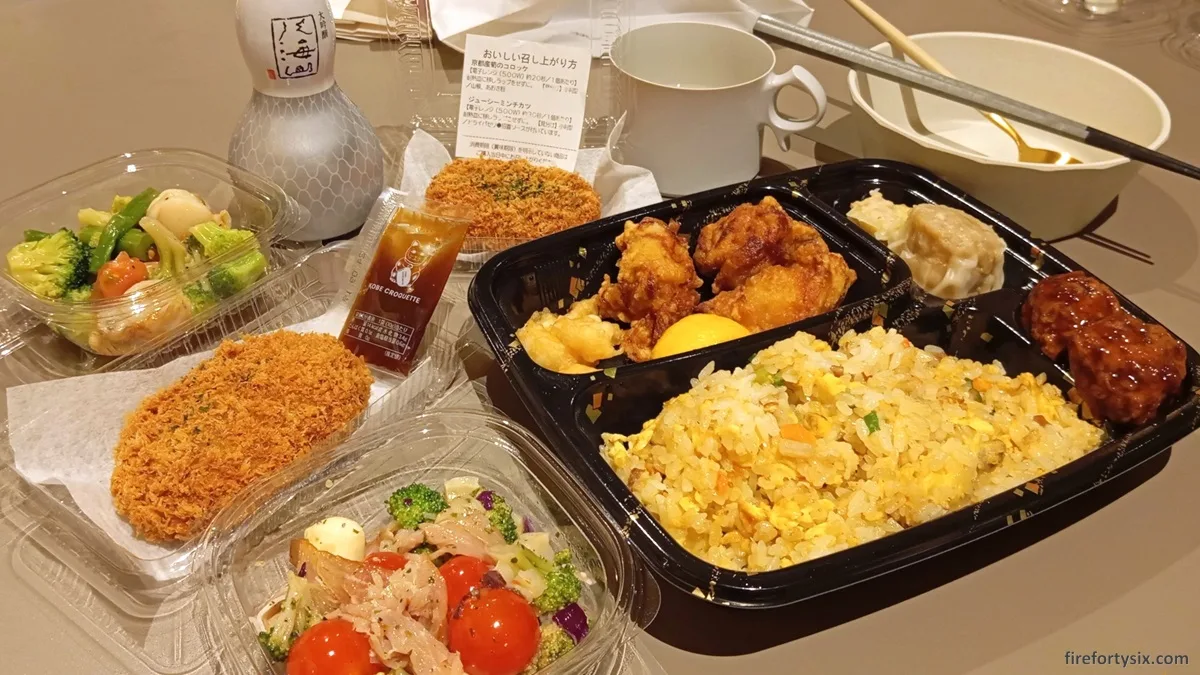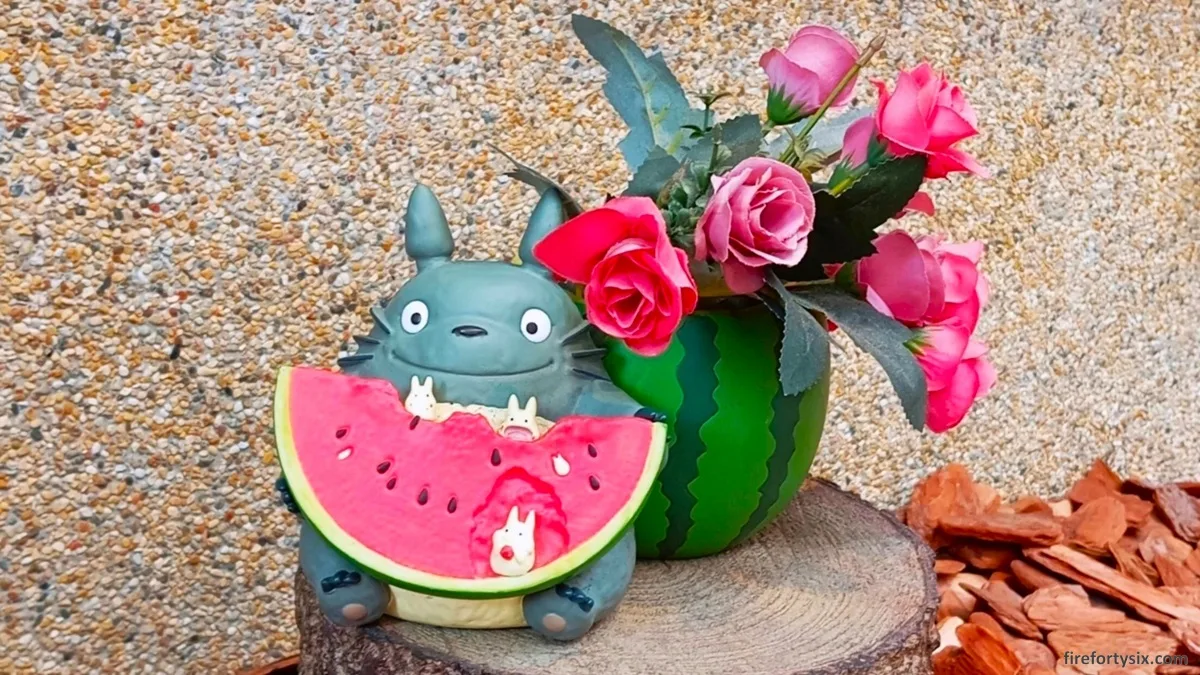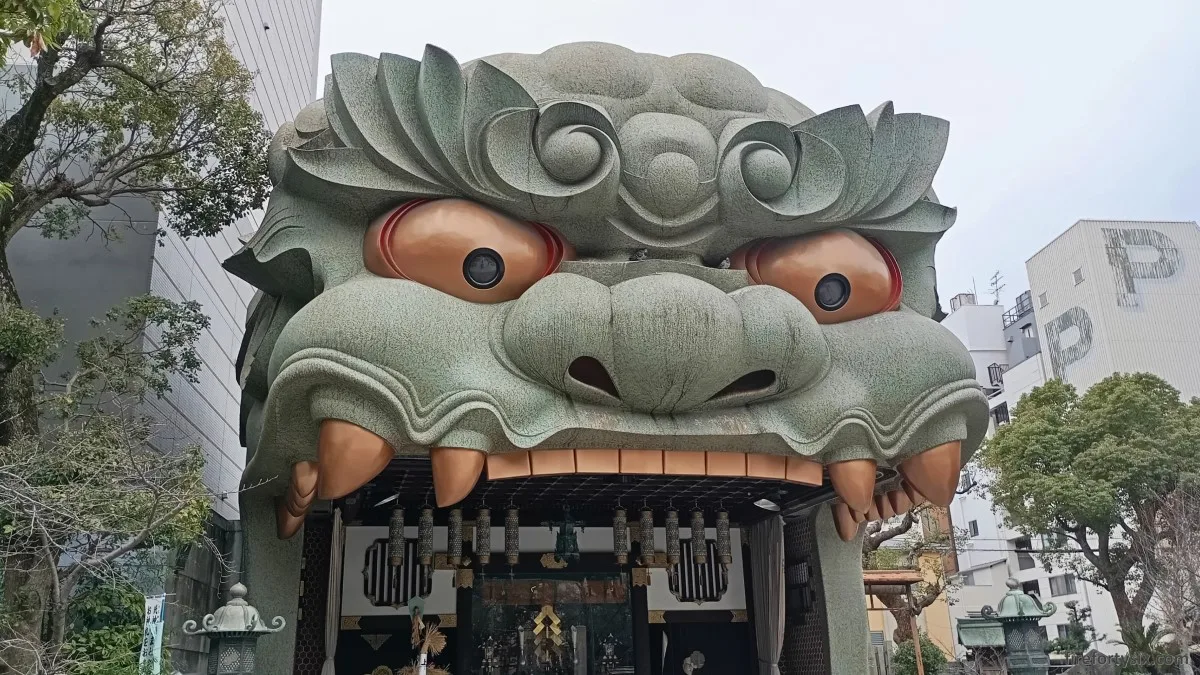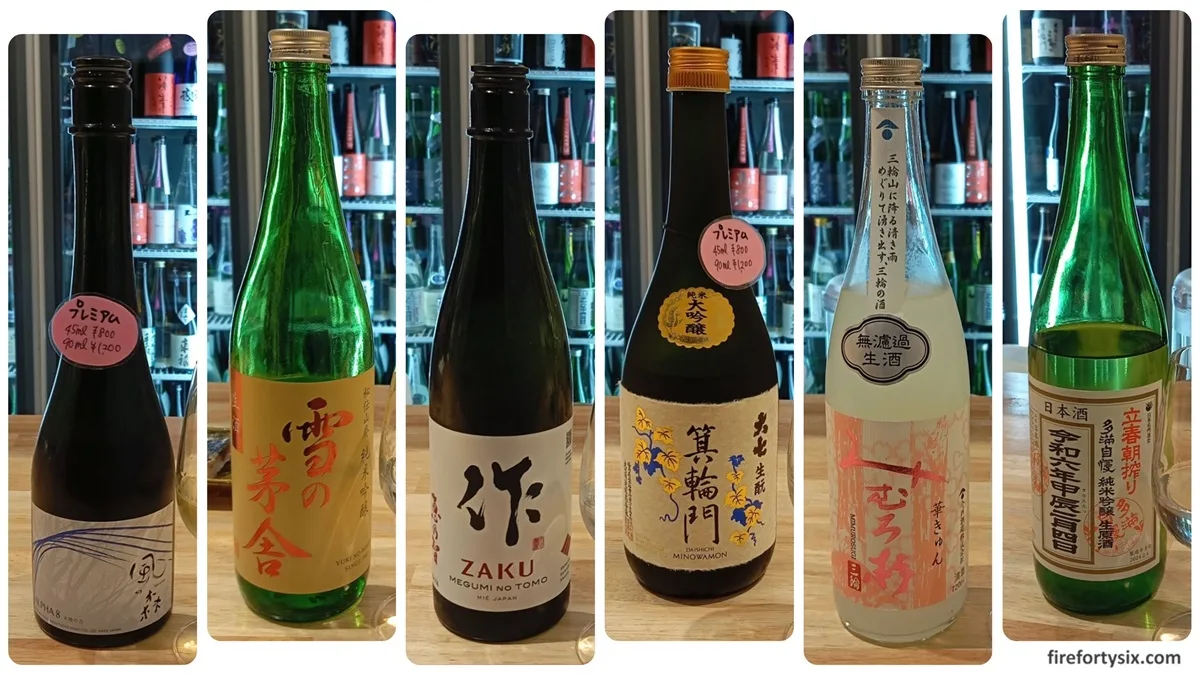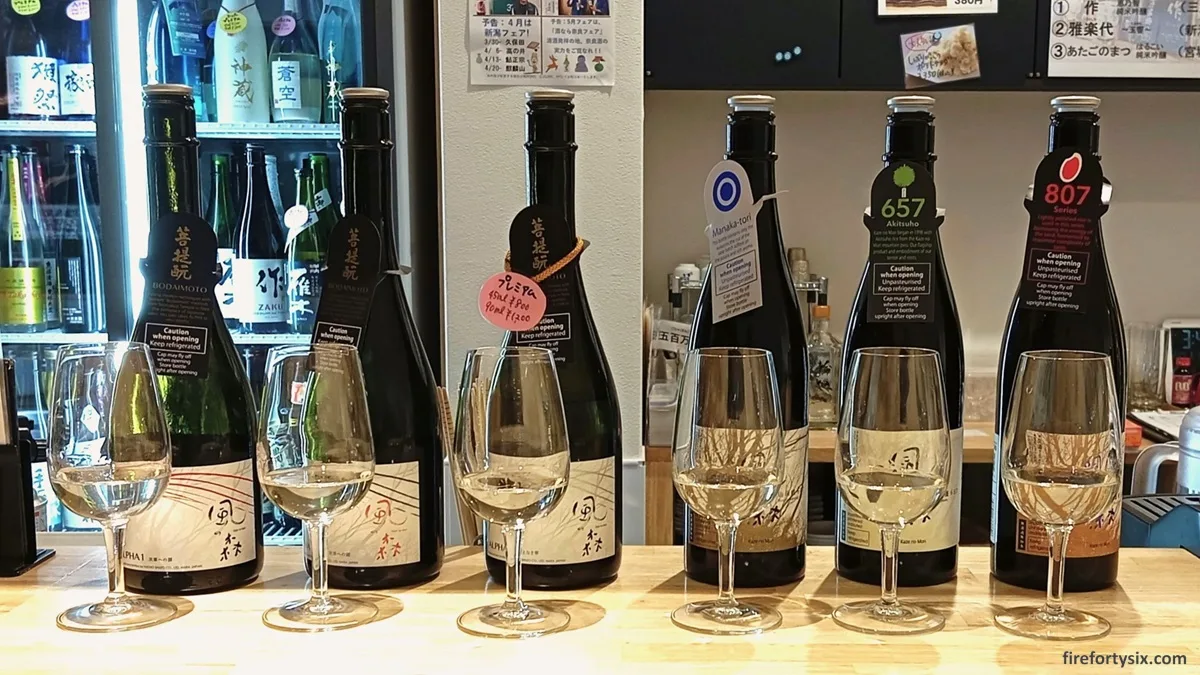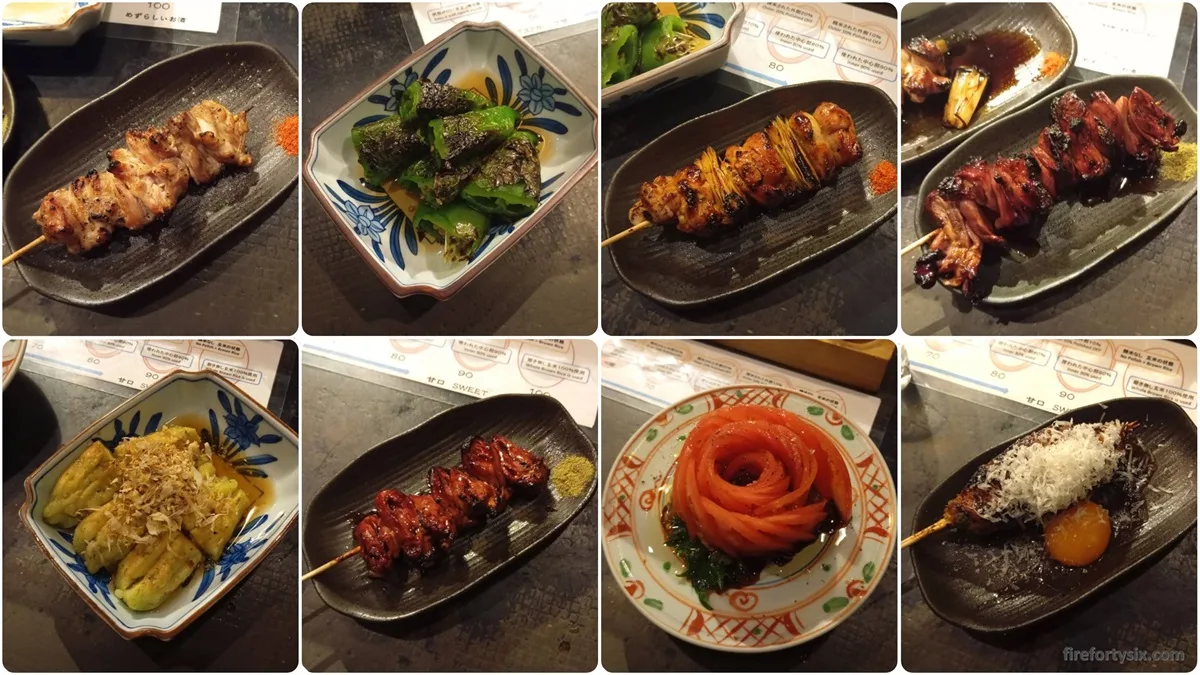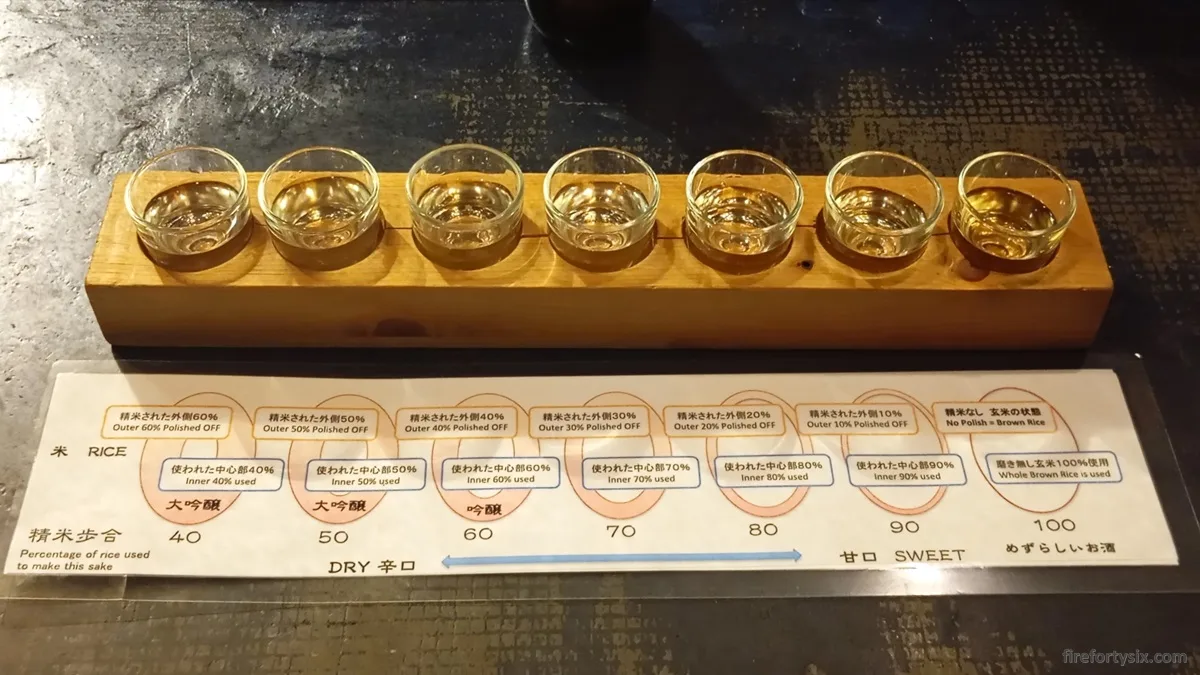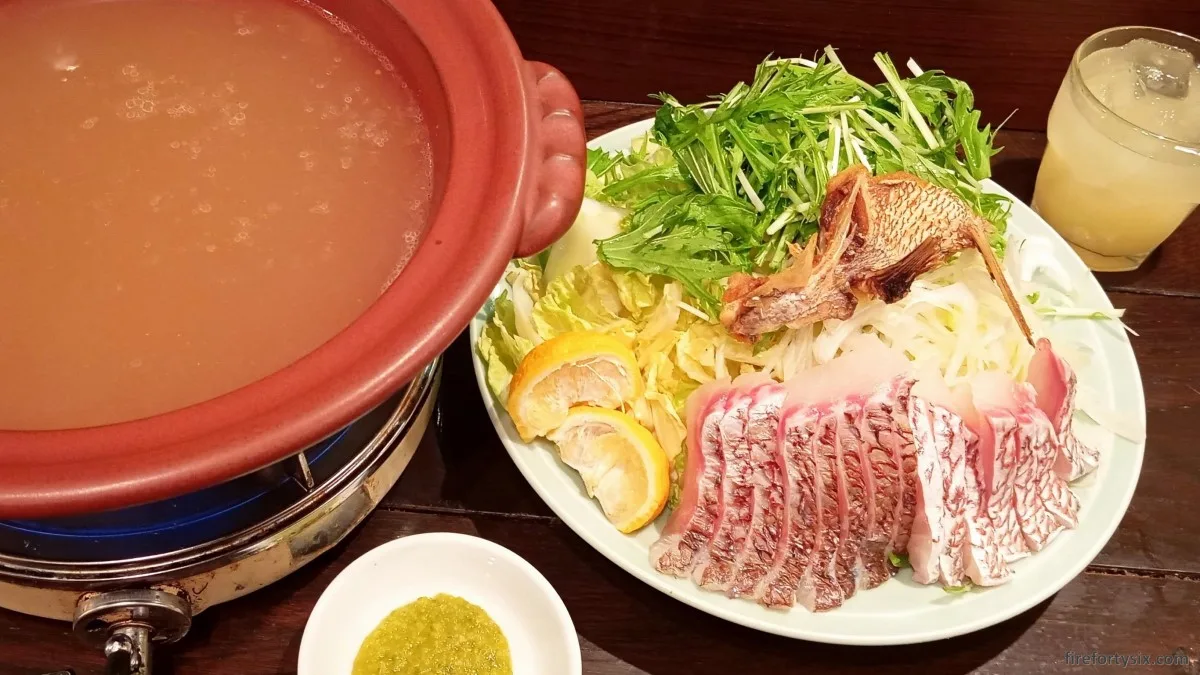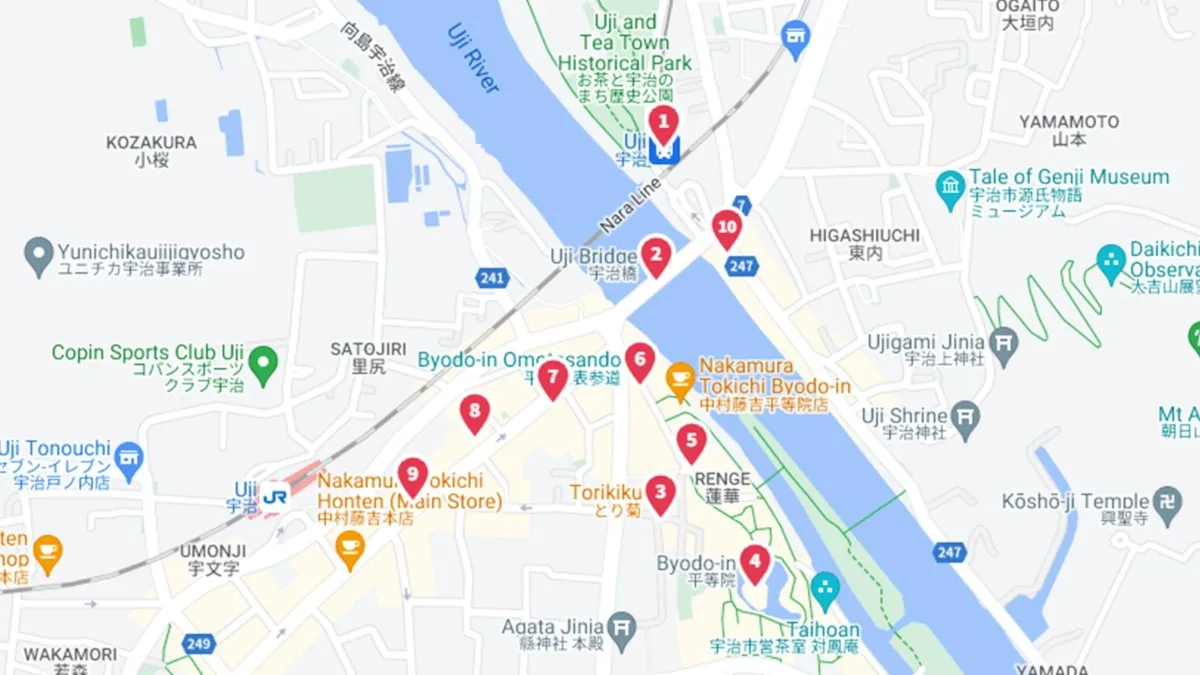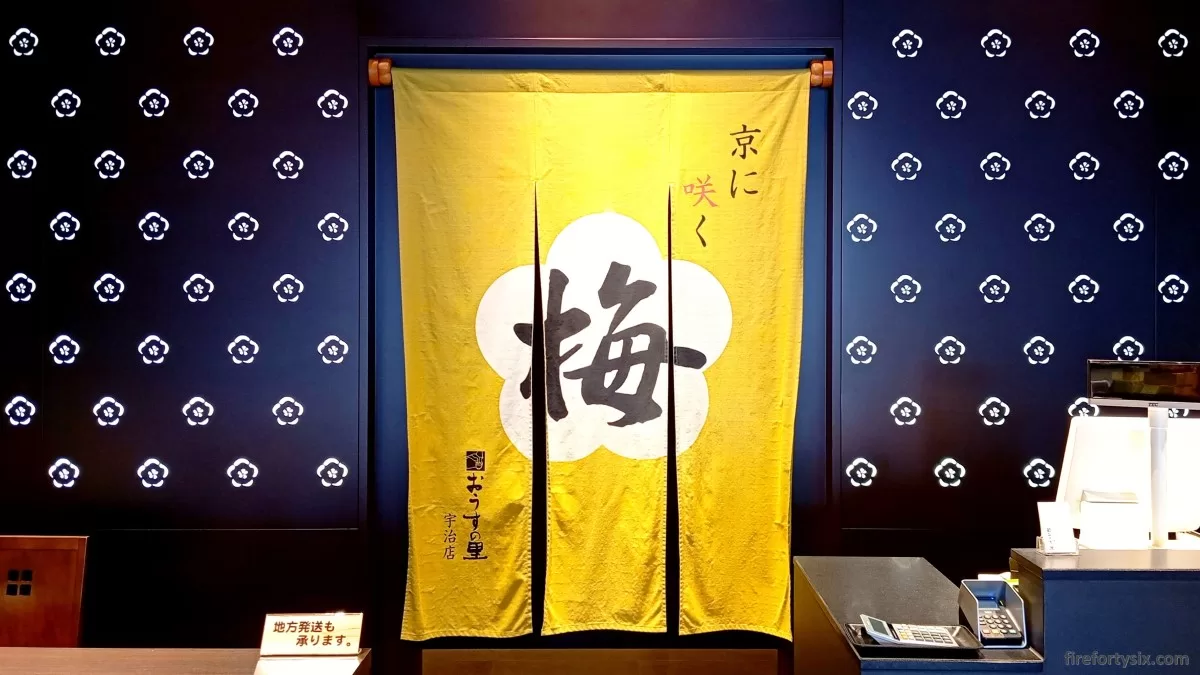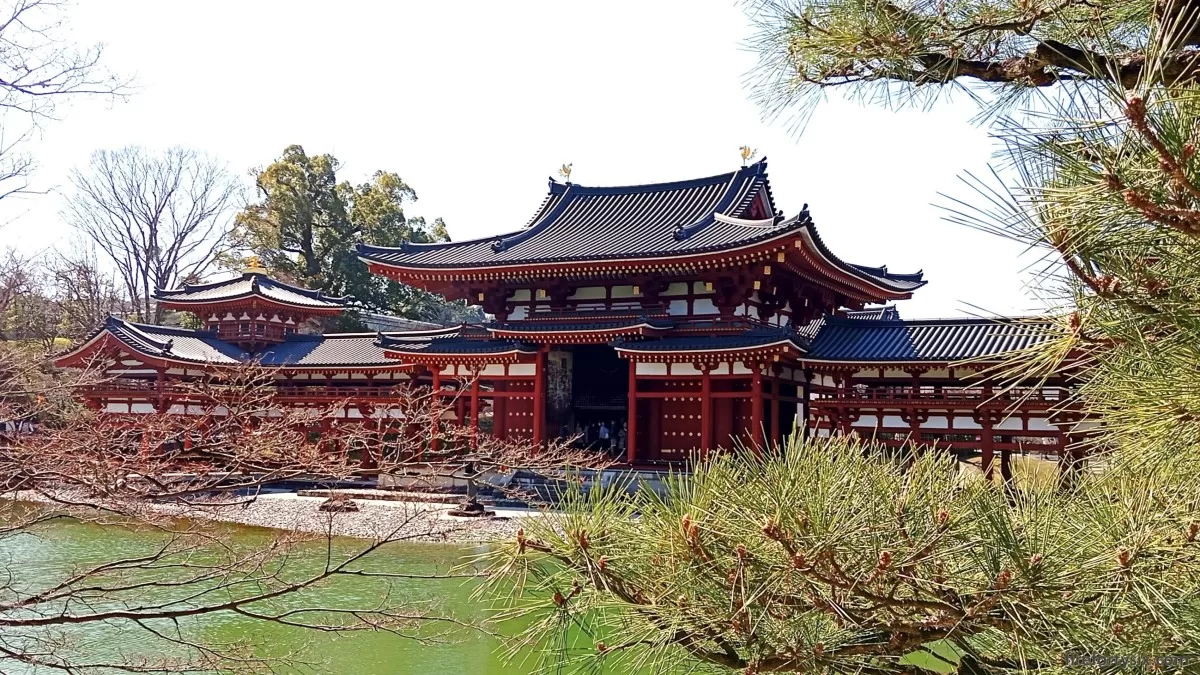To be perfectly honest, I’m more of a coffee person.
While I do enjoy the occasional tea, my preferred source of 1,3,7-trimethylxanthine comes from freshly-ground arabica beans, grown in the African highlands of Ethiopia.
But as they say in Japan: “When in Uji, drink matcha.”
Since we had travelled all the way to the mecca of matcha, we decided to embark on a marathon and see if it was possible to overdose on the magical green powder.
Masuda (ますだ茶舗)
Our first stop was Masuda, with its one and only store right outside the main entrance of the Byōdō-in Temple. With a never ending stream of customers, it was impossible to miss.
Everyone who had bought their soft serve ice creams were happily taking photos, using the shop’s antique wooden signboard as both a backdrop and proof of purchase.
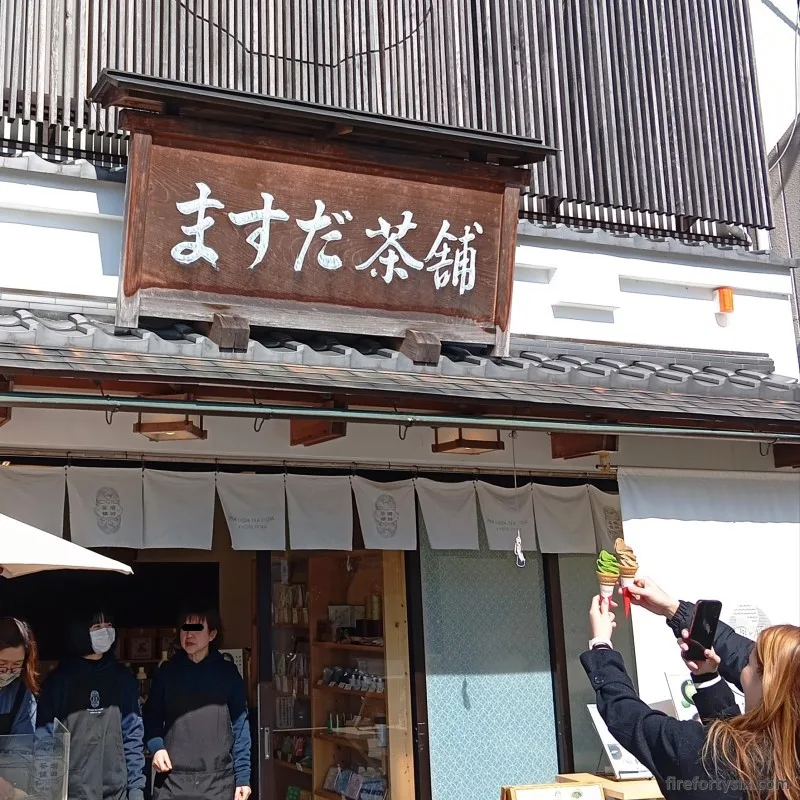
Literally everyone who walked past ended up buying either the matcha or hojicha (or both). We were no exception. It was the touristy thing to do, and we were tourists after all.
After joining the fast moving queue and handing over ¥500, we were rewarded with a matcha soft serve, liberally dusted with a generous coating of fine matcha powder.
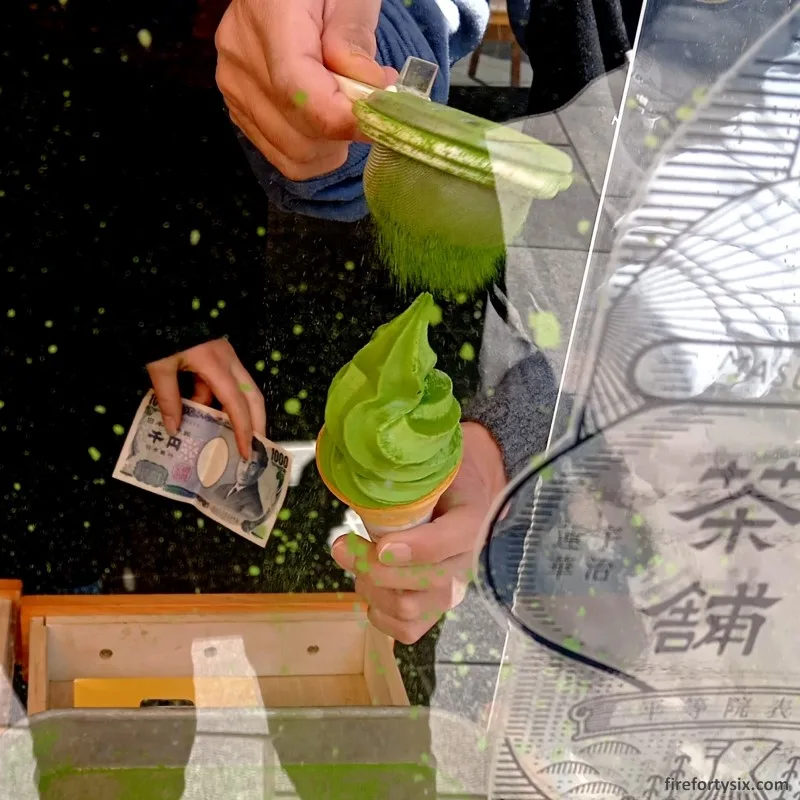
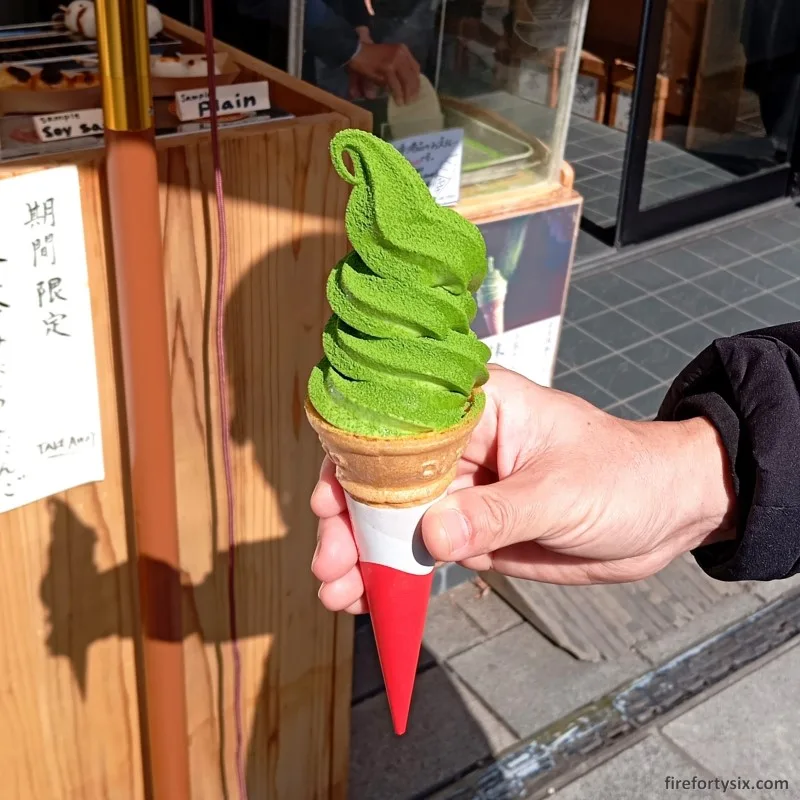
And of course, the obligatory photo had to be snapped.
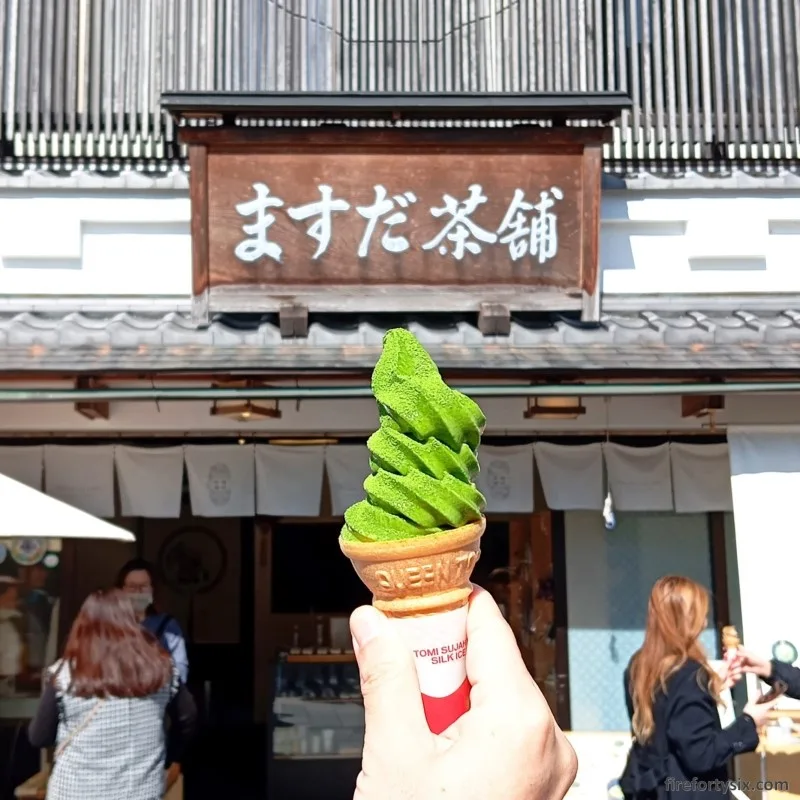
Taking care not to accidentally inhale the matcha powder, we carefully took bites out of the rich, creamy and slightly bitter ice cream. It was matcha alright, and a very good one at that.
Tsujiri (辻󠄀利宇治本店)
Next up was Tsujiri. Not just any old Tsujiri, but its flagship store in Uji.
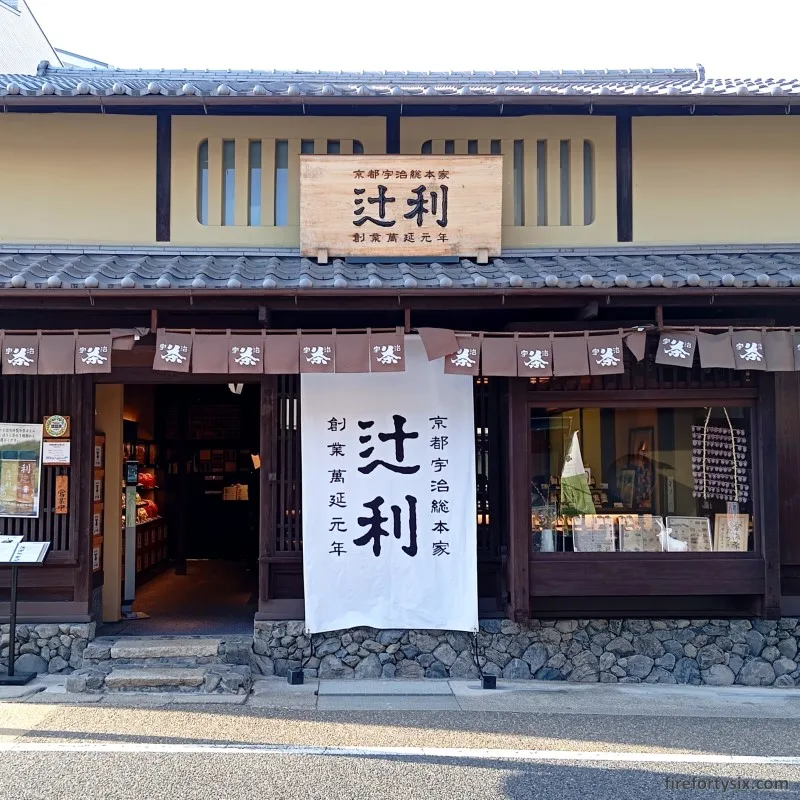
It was surprisingly compact, with only 12 indoor and 10 outdoor seats. Even though it was a sunny day, it was still technically winter and quite chilly, so we chose a table inside.
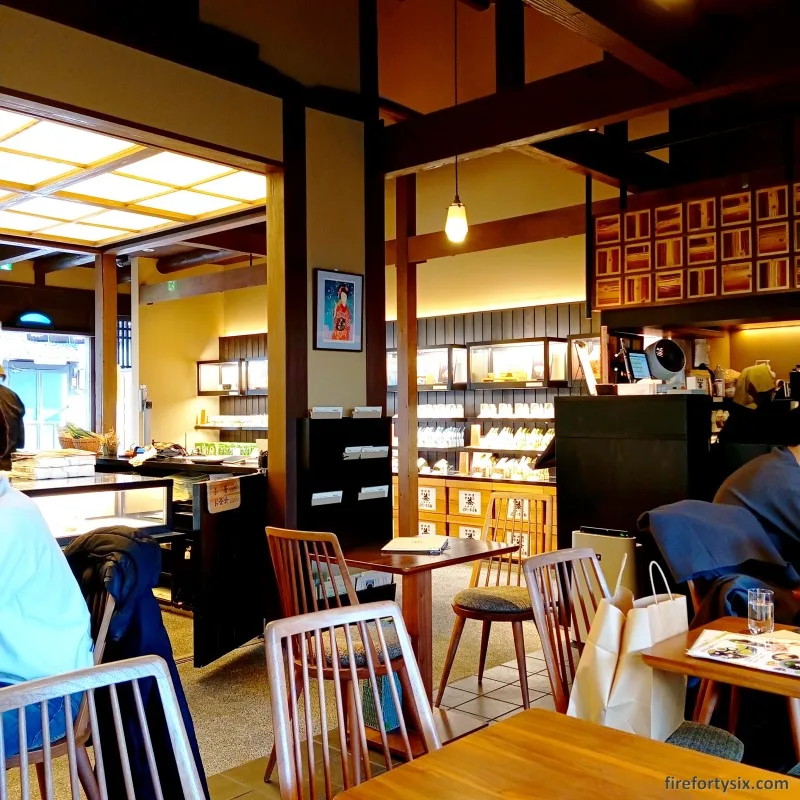

A hardcopy menu with a fancy textured cover was handed to us, containing a small selection of matcha drinks and desserts.
While we were pondering what to order, a waiter delivered a tray containing an assortment of matcha goodies to a lady sitting solo at the table behind us.

A quick check in the menu revealed that she had ordered the “Tsujiri Plate”, containing various matcha items to “enjoy to your heart’s content”.
Joy and anticipation were clearly written on her face as she took numerous photos from multiple angles, before enthusiastically digging in.
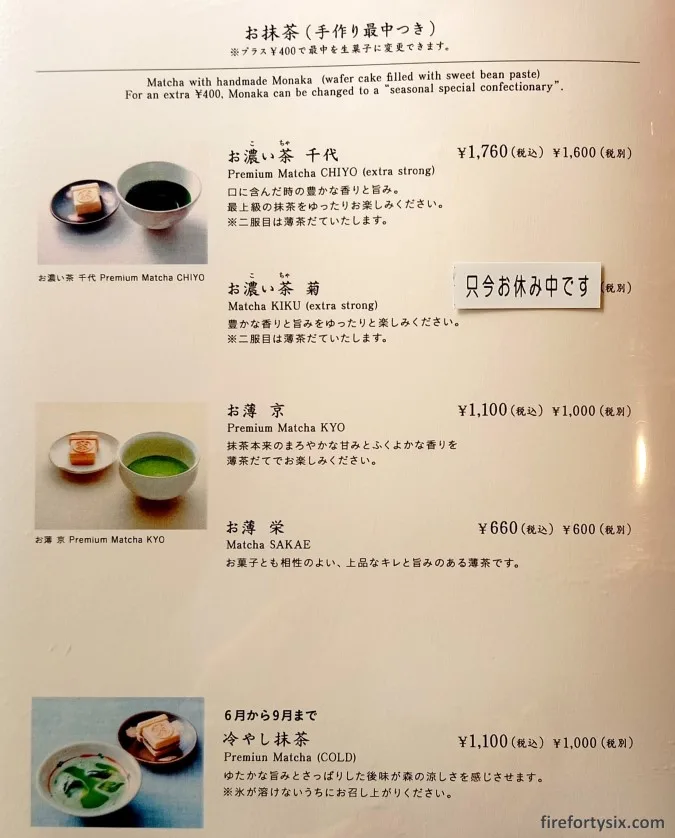
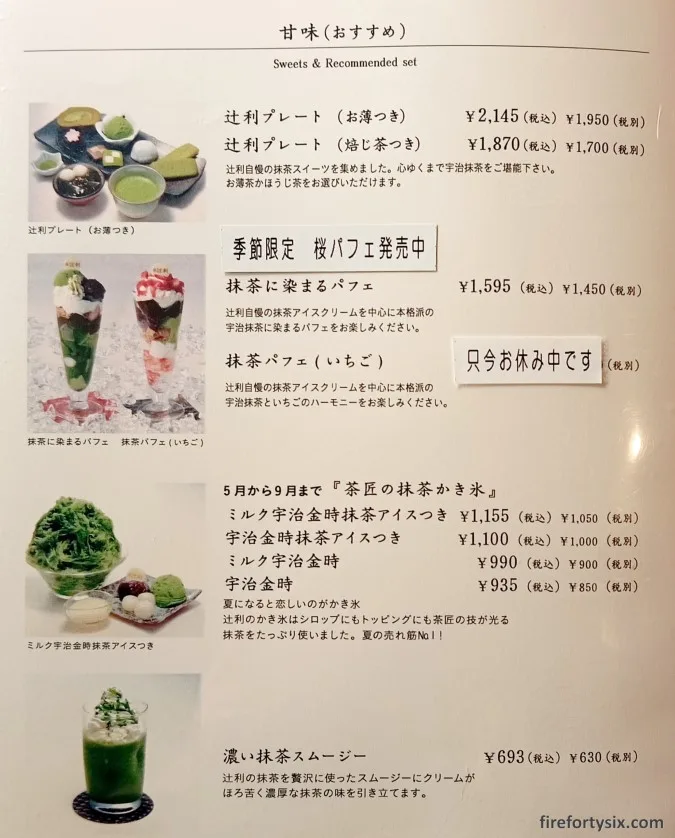
I briefly considered joining her and placing the same order, until I saw something that I simply had to order.
Six years ago, I had the most magical matcha parfait at Arashiyama Obuu in Kyoto. It was the best parfait of any kind that I’ve ever had, and the hope was that Tsujiri could at least come close.
The Wife opted for a boring classic freshly-whisked hot matcha, served with a boring traditional monaka on the side.

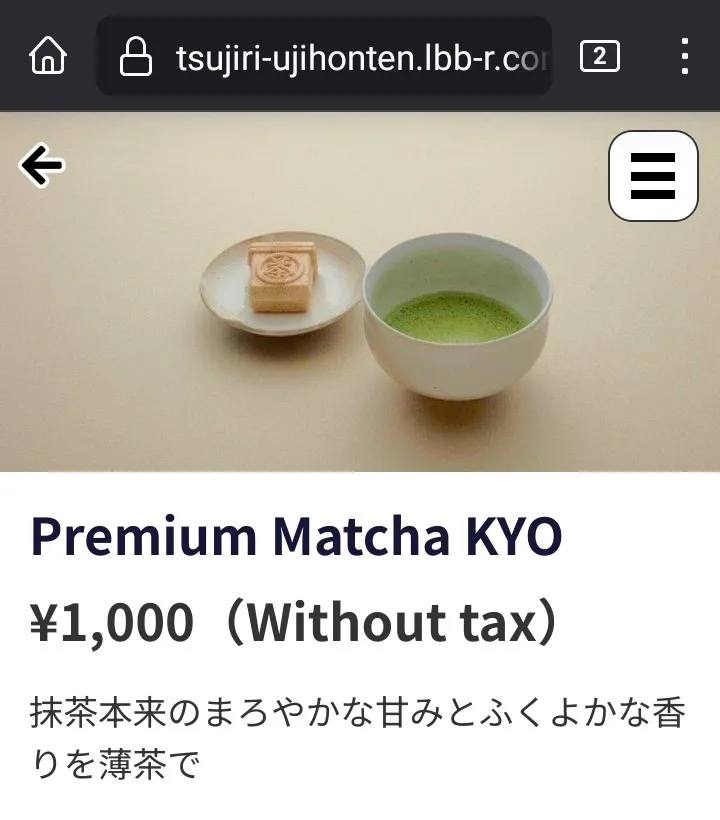
Expectations were high as a beautiful and majestic parfait was placed in front of me. But alas, the beauty proved to be only skin deep.
The matcha ice cream itself was not as rich as the soft serve we had earlier at Masuda. And dousing it with the accompanying thick matcha sauce didn’t seem to help much either.
Overall, it was frankly just meh, and was nowhere near the masterpiece crafted by Obuu.
Besides the lackluster ice cream, the parfait also didn’t come with chunks of matcha pound cake, and therefore, lacked a certain density and, shall I say, gravitas.
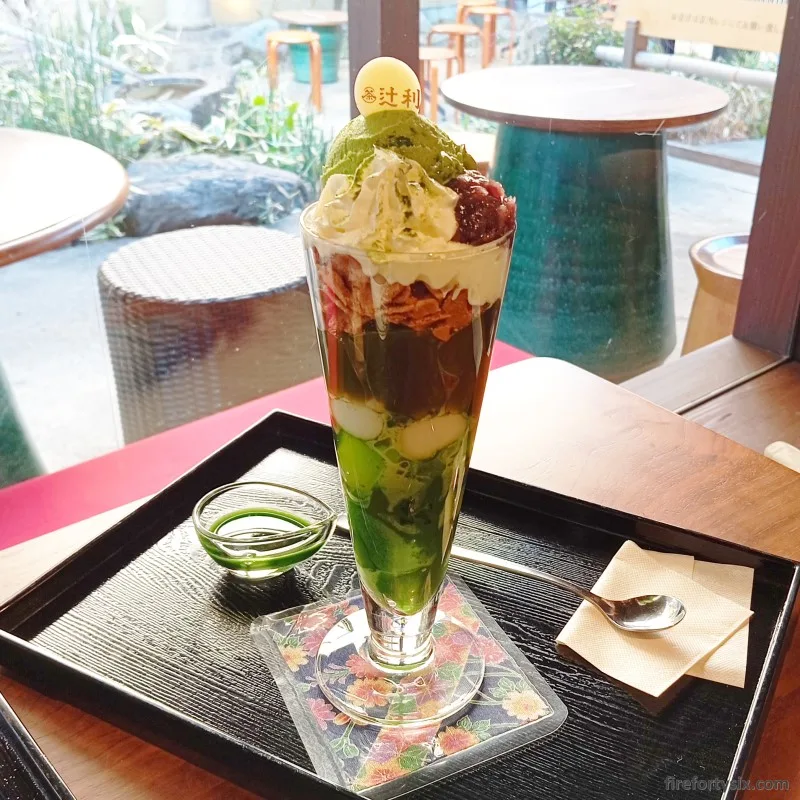
The Wife’s hot matcha was similarly disappointing.
It was missing the characteristic umami inherent in good matcha, and even had some clumpy residue at the bottom of the cup from incomplete whisking.
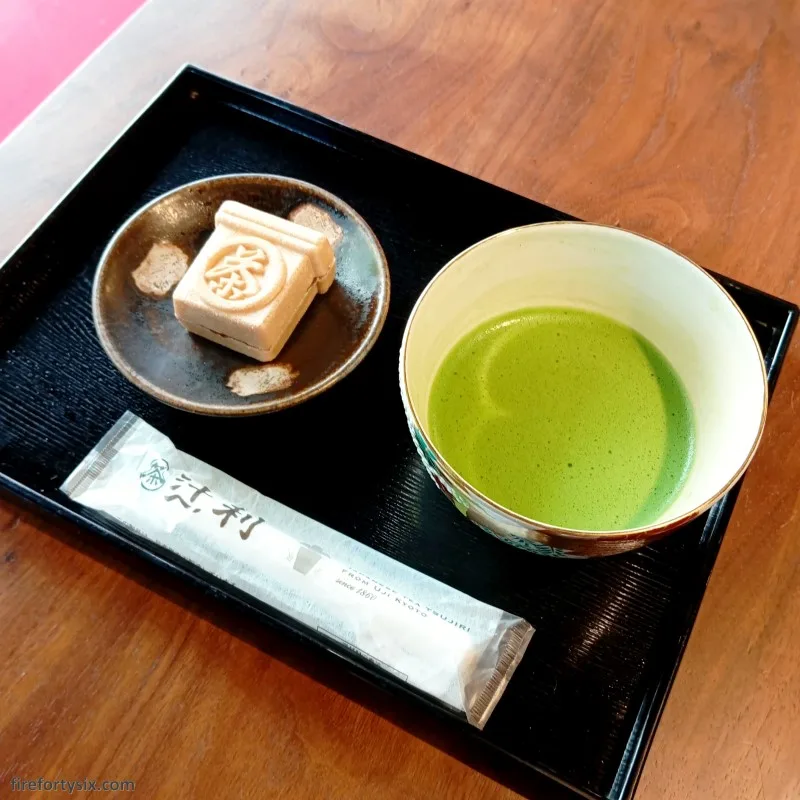
Maybe it was just a bad day at the flagship store that day. Or maybe, just maybe, Tsujiri doesn’t quite deserve the international reputation that it has cultivated over the years.
We probably won’t be visiting again in the future, and if we’re ever in the mood for some hot matcha in Japan, we’ll be sticking to our tried-and-tested (and approved) Ippodo.
Tsuen (通圓本店)
It was getting late in the day, and it was gradually approaching sunset. Most of the teahouses in Uji were already starting to close, but we had just enough time for one last lap.
Tsuen was our final stop, and it was just across the street from the Keihan Uji train station, where we had started our day.
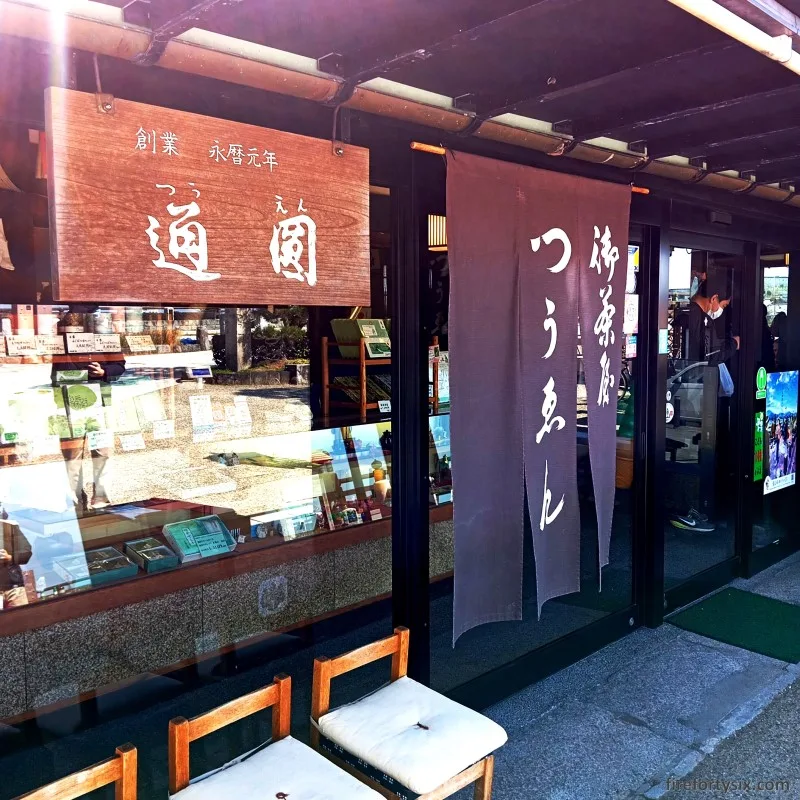

When we walked past it seven hours ago, it was packed with customers and I decided to give it a miss. I figured that we could visit it on our way back to the station, later in the evening.
The staff appeared to be winding down for the day and I was worried that we had missed our chance. Thankfully, they welcomed us inside their charmingly rustic tearoom.
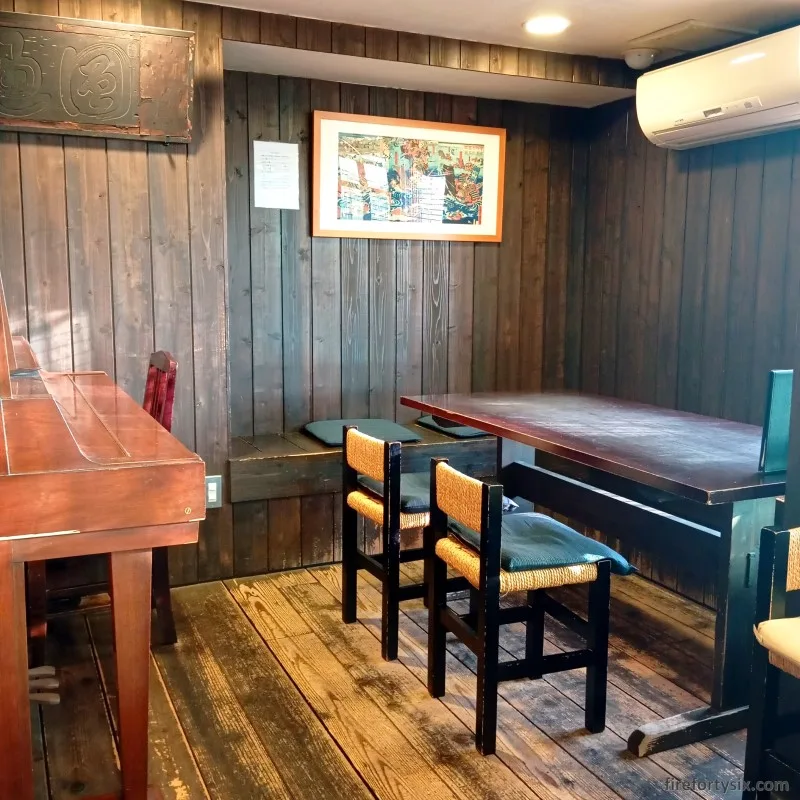
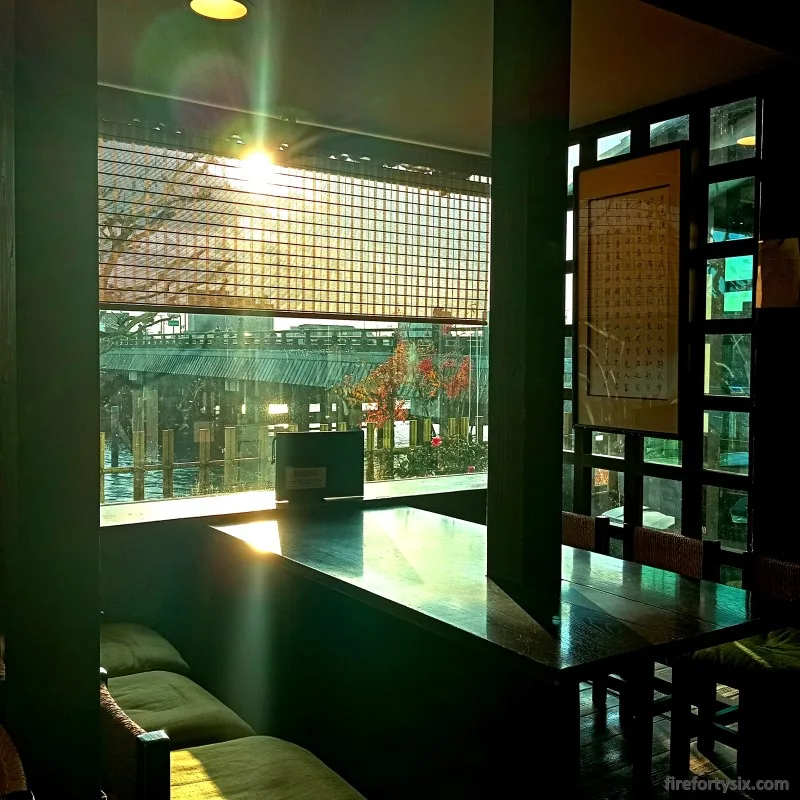
Complimentary hot hojicha was served after we were seated. Despite being free, they clearly didn’t skimp on quality. It was the best hojicha that I’ve ever had.
But do take my declaration with a generous pinch of salt.
Because while I’m a self-confessed coffee snob and have tasted numerous single-origins from all over the world, I’m by no means a tea connosaur [sic].

The tea menu was short and sweet, featuring just three types: matcha, gyokuro and sencha. Together with three choices of wagashi: yōkan, dango and monaka.
We opted to skip the sweets and ordered the matcha (of course) and the gyukuro (玉露), literally “jade dew”.
The first time I had gyokuro was at the Kaboku Tearoom in Ippodo Kyoto, and it was such a revelation that I make it a point to order it whenever I see it.
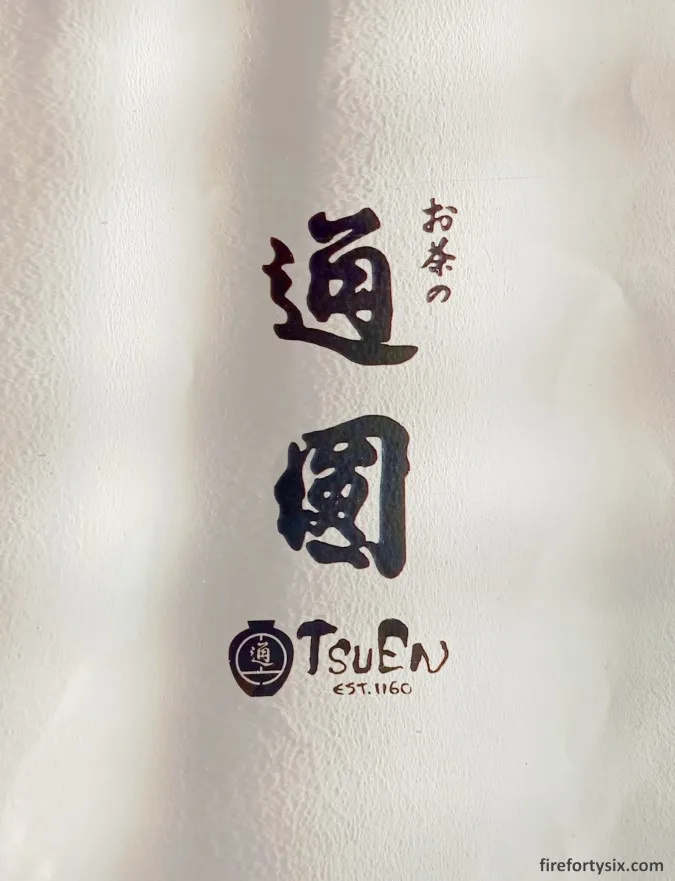
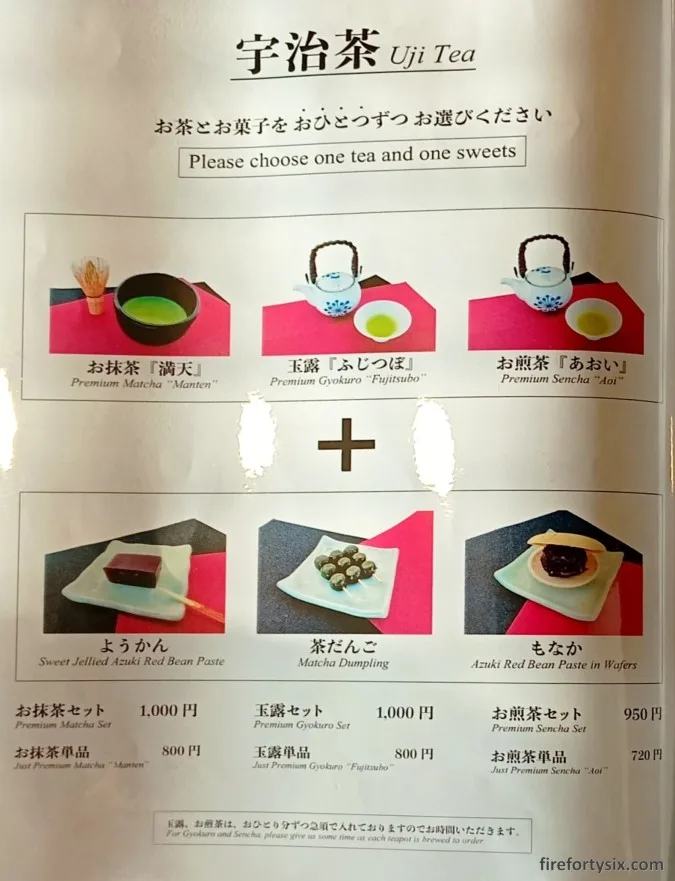
“Est. 1160” was under the shop’s logo on the menu cover, and I did a double take. Because 2024 minus 1160 is 864 years, which meant that Tsuen was founded almost a millennia ago.
I quickly consulted Wikipedia, the (almost) definitive source of truth on the internet, and it said that Tsuen was, and I quote: “the oldest tea house in Japan [and] also the 13th oldest company in Japan, and the 30th oldest in the world.”
Wow.
Our matcha arrived as I slowly let that fun fact sink in.
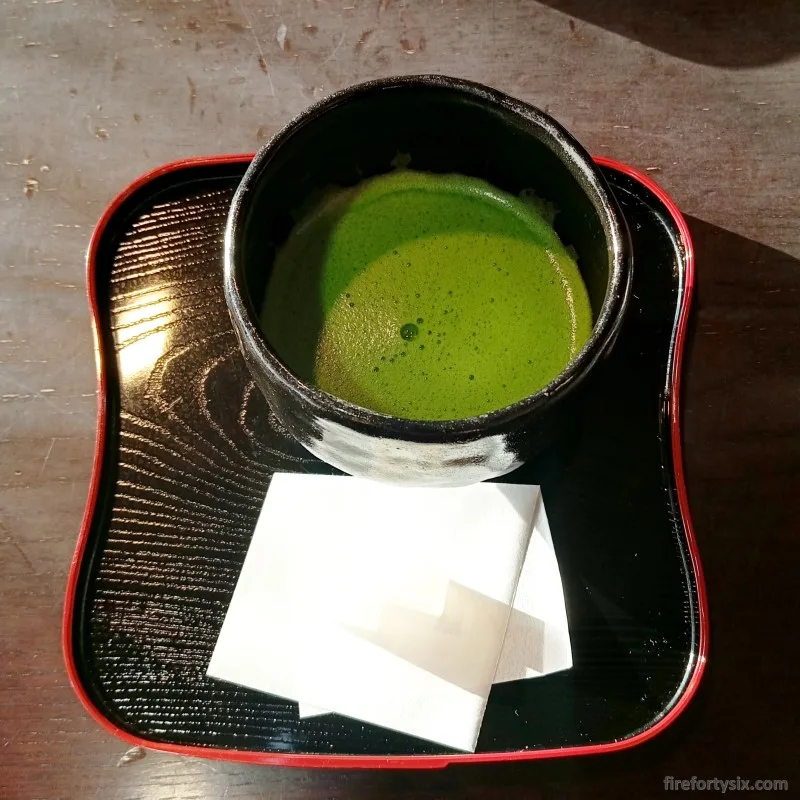
Its colour, a deep and dark foreboding green, was markedly different from the one at Tsujiri.
Our first sip revealed a rich and complex umami that surfaced after the initial wave of pleasant bitterness subsided. Now, this was how a proper hot matcha should taste.
The mouthfeel was thick, with a heavy texture that was just one step removed from being burdensome. When we reached the end of the cup, there was no sign of any clumpy residue.
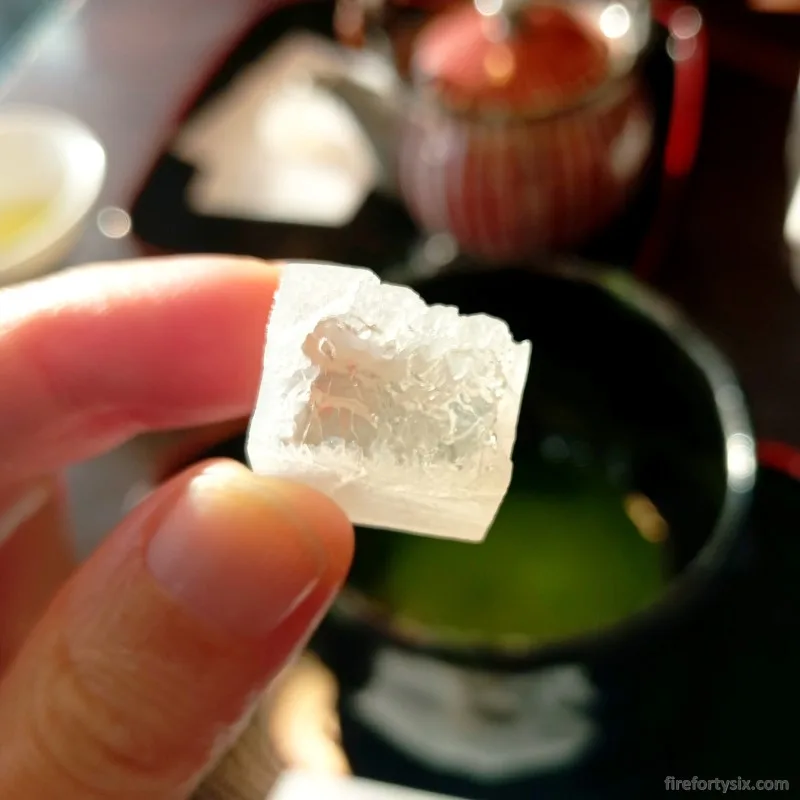
A small cube of some sort of wagashi came with our drink. It didn’t appear in any of the menu photos, and perhaps we were treated to it because we hadn’t ordered any sweets.
The outside was made of crunchy and thin crystallised sugar, which coated the entire outer surface of the small cube. Inside was a firm kanten-like jelly that was almost flavourless.
We’ve never had anything like it before, but we definitely enjoyed biting into it.
My gyokuro took a bit more time to brew, but since the shop was empty, it didn’t take long for it to arrive.
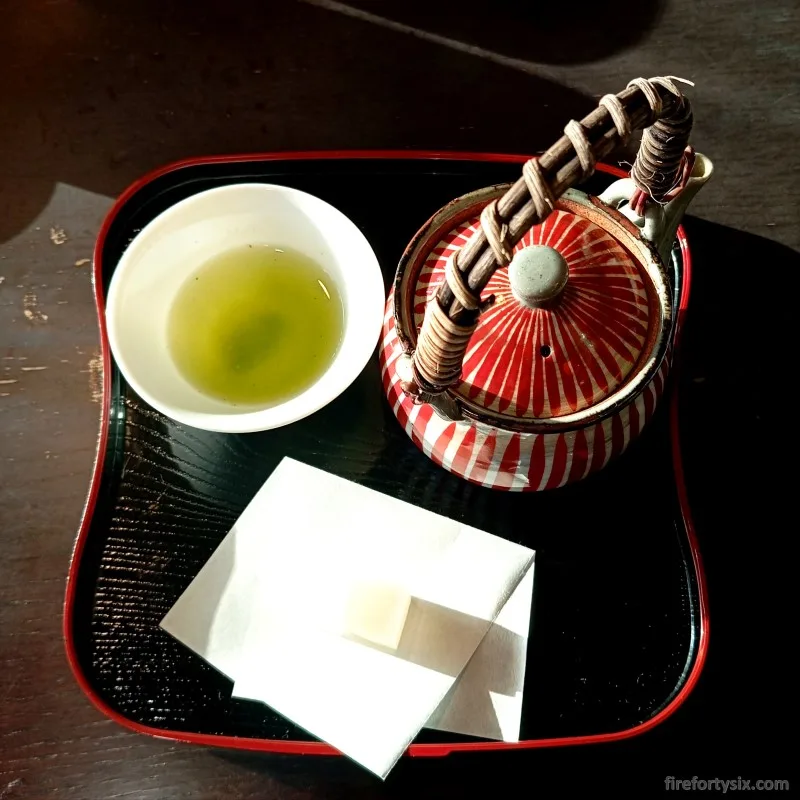
It had the dashi-like taste that was familiar, and I took care to savour every sip of the precious elixir.
Maybe it was the lack of, as The Wife says, “the element of surprise”, because somehow, it wasn’t as fantastic as I had remembered.
Or maybe it was simply the fact that I was slowly, but surely, turning into a gyokuro snob.
Locations
Even though we had more tea in one day than we typically drink in a month, we didn’t quite achieve the matcha overdose that we had set out to accomplish.
Still, we managed to cover quite a lot of ground, and got a good idea of what made Uji matcha, Uji matcha.
The three teahouses we visited are pinned in the Google map below, and they’re all within a comfortable walking distance of one another.
If you’re thinking of visiting, I would definitely recommended getting both the matcha and hojicha soft serves at Matsuda.
Even though we didn’t try the hojicha (something that, on hindsight, I deeply regret), the matcha ice cream was so good that I have no doubt that hojicha would be as well.
You can safely skip Tsujiri, and can spend time at Tsuen instead. But since I’ve only barely scratched the surface, your best bet is probably to check out the many other teahouses in Uji as well.
Have fun exploring the mecca of matcha!


